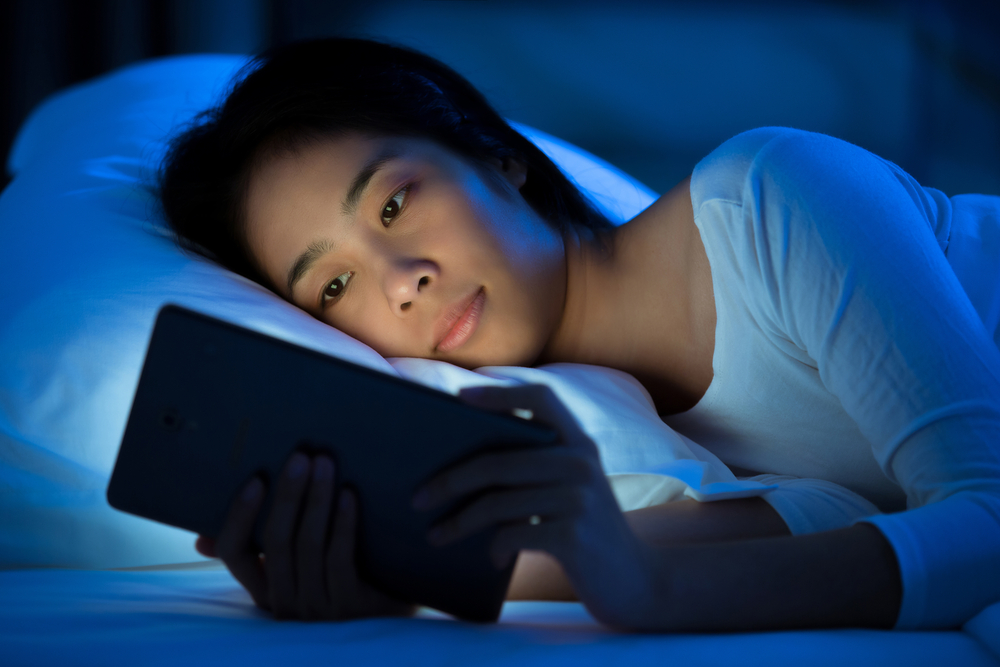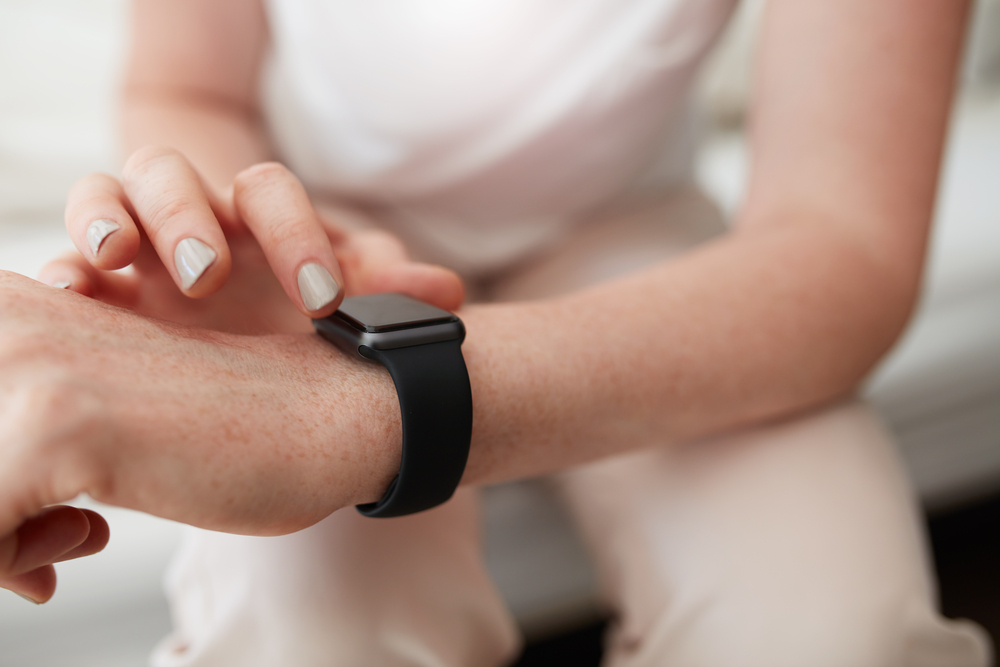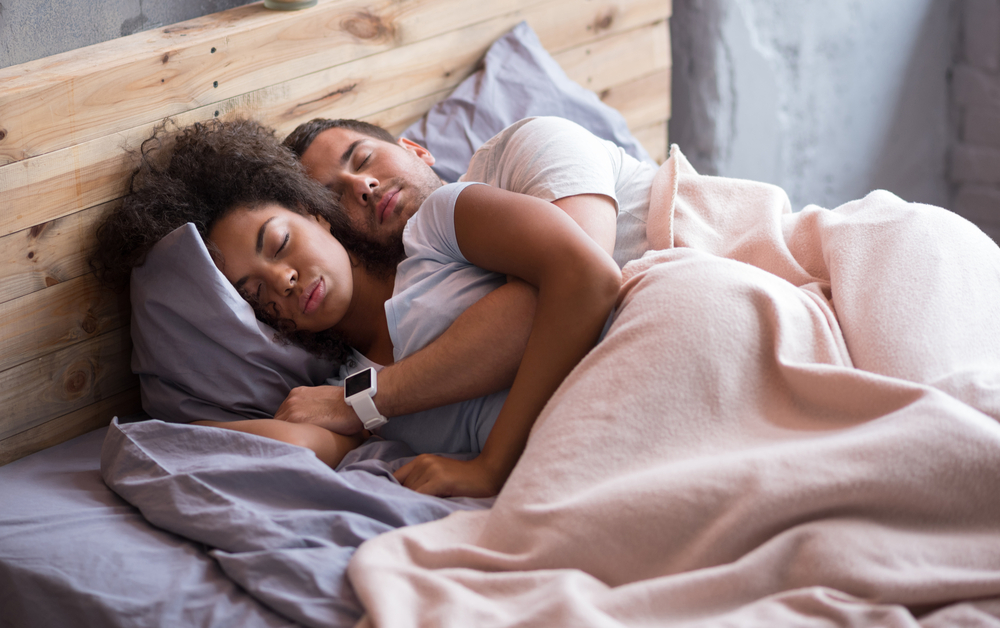We are nowhere close to the period portrayed in movies such as Star Trek and Star Wars but it sure does seem like it sometimes. Technology has advanced by leaps and bounds over the past century – at warp speed one would say. Gizmos of all kinds can be found affecting almost every area of your life whether you choose it or not. Case-in-point…technology that measures the quality of your sleep and ones that can even induce sleep!
Studies often report that technical devices in the bedroom should be avoided entirely – especially for those who regularly suffer from insomnia. So what’s the story here? Advancements in research on the study of insomnia have resulted in the creation of gadgets that claim to help you get a good night’s sleep – or at the very least, monitor the quality of your sleep so you can make improvements.
Here are a few of the different types of technologies available that could potentially make your sleep experience one of wonder and amazement….as well as restful!
Sounds
Studies show that people who suffer from constant ringing in the ear such as tinnitus or hyperacusis, an increased sensitivity to environmental sounds, have a very difficult time falling asleep. Avoiding the noise in their ears or certain external sounds is near impossible when trying to sleep, so technology has provided them with something called white noise or pink noise. White noise is a steady frequency of unidentifiable sound like perhaps a soft hissing which distracts from any environmental sounds and keeps you focused on only one.

Pink noise, on the other hand, produces a steady and uninterrupted stream of sound similar to rainfall, wind or spinning fan. Once you focus on the constant rhythm, your brain waves are regulated and you become less aware of other sounds, therefore, inducing sleep. The same is true of listening to binaural beats that over time can train your brain to follow a certain pattern inducing sleep. These sounds can be downloaded into your device for free from many sites online.
Lights
Between dusk and bedtime, glaring lights from televisions, computers, and smartphones can reduce the amount of melatonin needed to begin the body’s preparation for sleep.

Besides reducing screen time, installing bulbs in the bedroom which filter blue light to cut the glare will help with the production of melatonin. Reading is still possible with these bulbs. Another bulb that slowly dims the light resembling a sunset is also an interesting option. These can be set with a timer and use a standard lamp.
If you absolutely need to watch one more episode of your favourite sitcom on your laptop while in bed, use amber coloured glasses which will also cut the blue light and not affect the production of melatonin too much. Using a blue filter over your device’s screen is also another option, or perhaps using an app that slowly reduces the invasive light can also be considered.
Smart Technology
Watches have come a very long way since the Timex “that takes a licking and keeps on ticking!” Smartphones, with the help of apps, can monitor your sleep patterns, report on a graph or pie chart what your sleep looks like, and then wake you up at a specified time.
Technology has provided us the ability to closely monitor how and when we fall asleep, how many hours and how restful it is so that we can make improvements where required. If you don’t use a smartphone, the same technology is available to attach to your mattress and can monitor the same information.

Smart technology also includes ergonomic beds which you can adjust to your specific body type to lull you to sleep. Aligning your body to that oh so perfect position so that you are cradled is the ultimate in sleep technology.
Not only is sleep an important part of our health routine but if you are ‘old school’, try that old recipe of warm milk and a turkey on whole wheat sandwich before bedtime. This still works!
Reducing the amount of light in your sleep area is also very effective as is completely quiet if that’s what you prefer. Comfortable bedding including wet wicking sheets in the summer and warm duvet in the winter. Comfort is key.
Gerry, Your Sleep Expert

